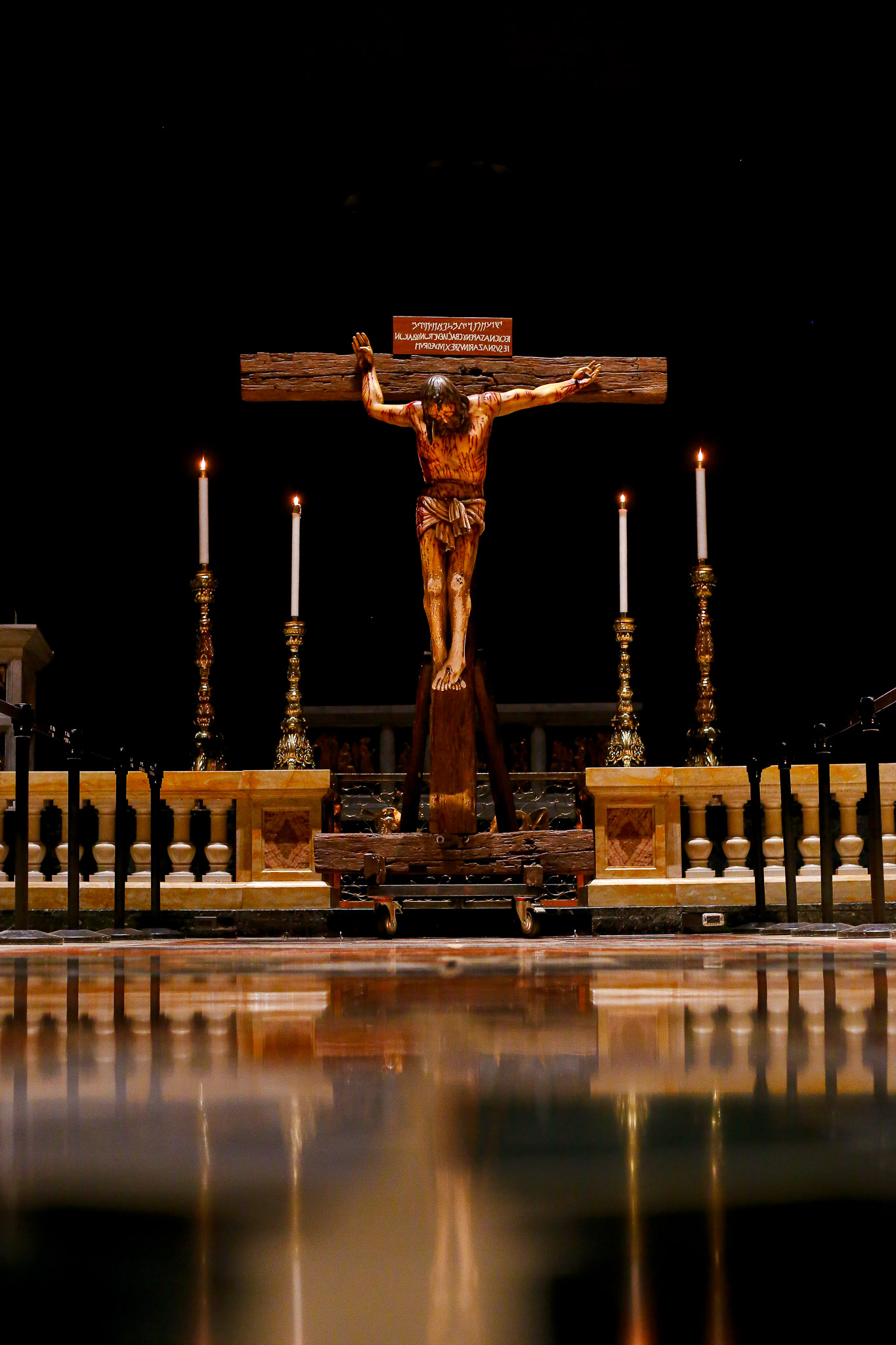The Philippines, being the largest Catholic nation in Asia, observes the Lenten Season with deep reverence and cultural richness. Rooted in centuries-old Catholic practices brought by Spanish colonization, Lent remains one of the most important religious seasons in the country—celebrated not only as a period of spiritual preparation but also as a time for national reflection, community gatherings, and expressions of Filipino identity.
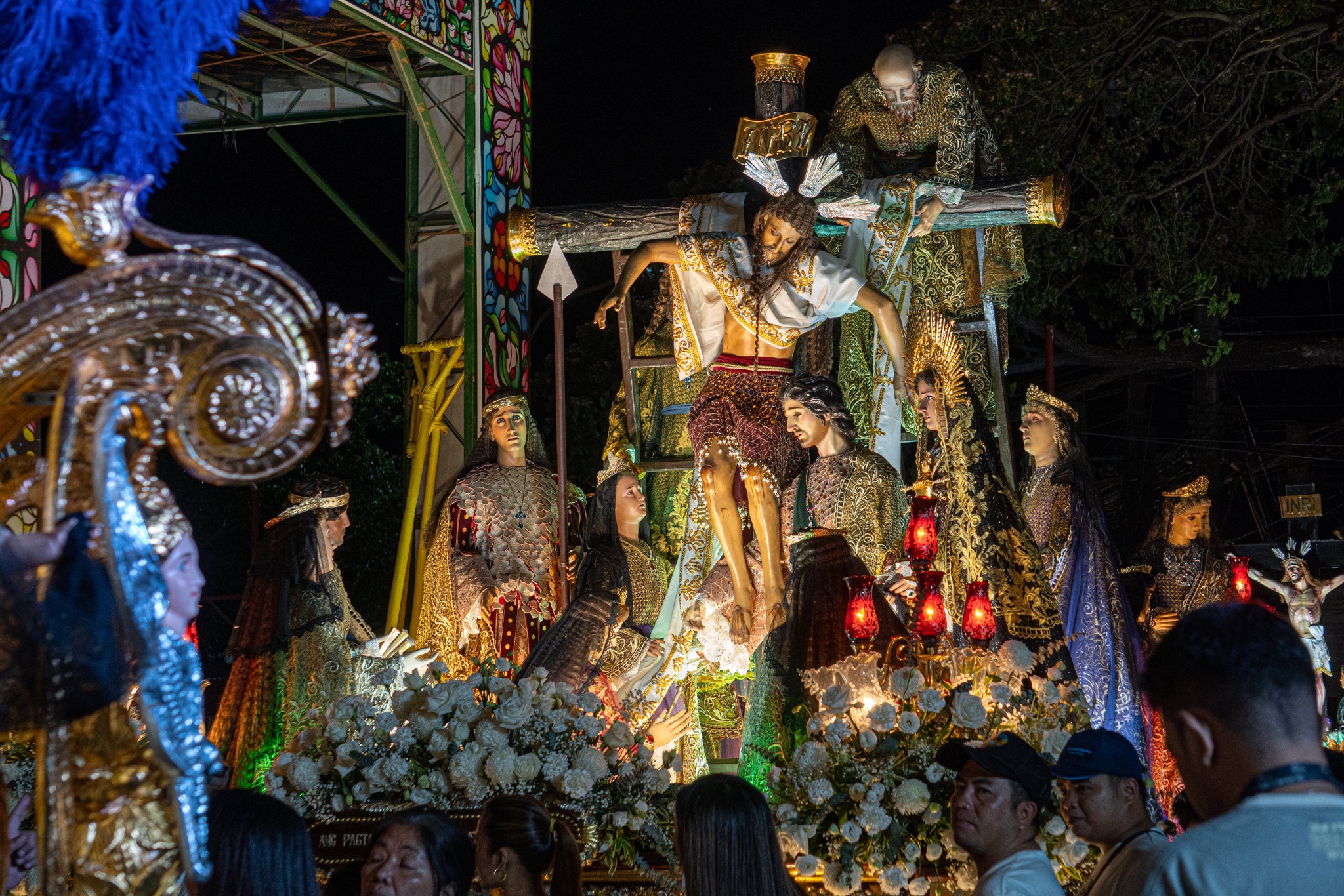
A Time-Honored Tradition
Lent begins on Ash Wednesday and spans 40 days, culminating in Holy Week, which marks the Passion, Death, and Resurrection of Jesus Christ. Throughout this period, Filipino Catholics engage in acts of prayer, fasting, and almsgiving. Churches across the nation fill with faithful attendees, and many households participate in various forms of personal sacrifice, such as abstaining from meat on Fridays or giving up favorite comforts as a form of penance.
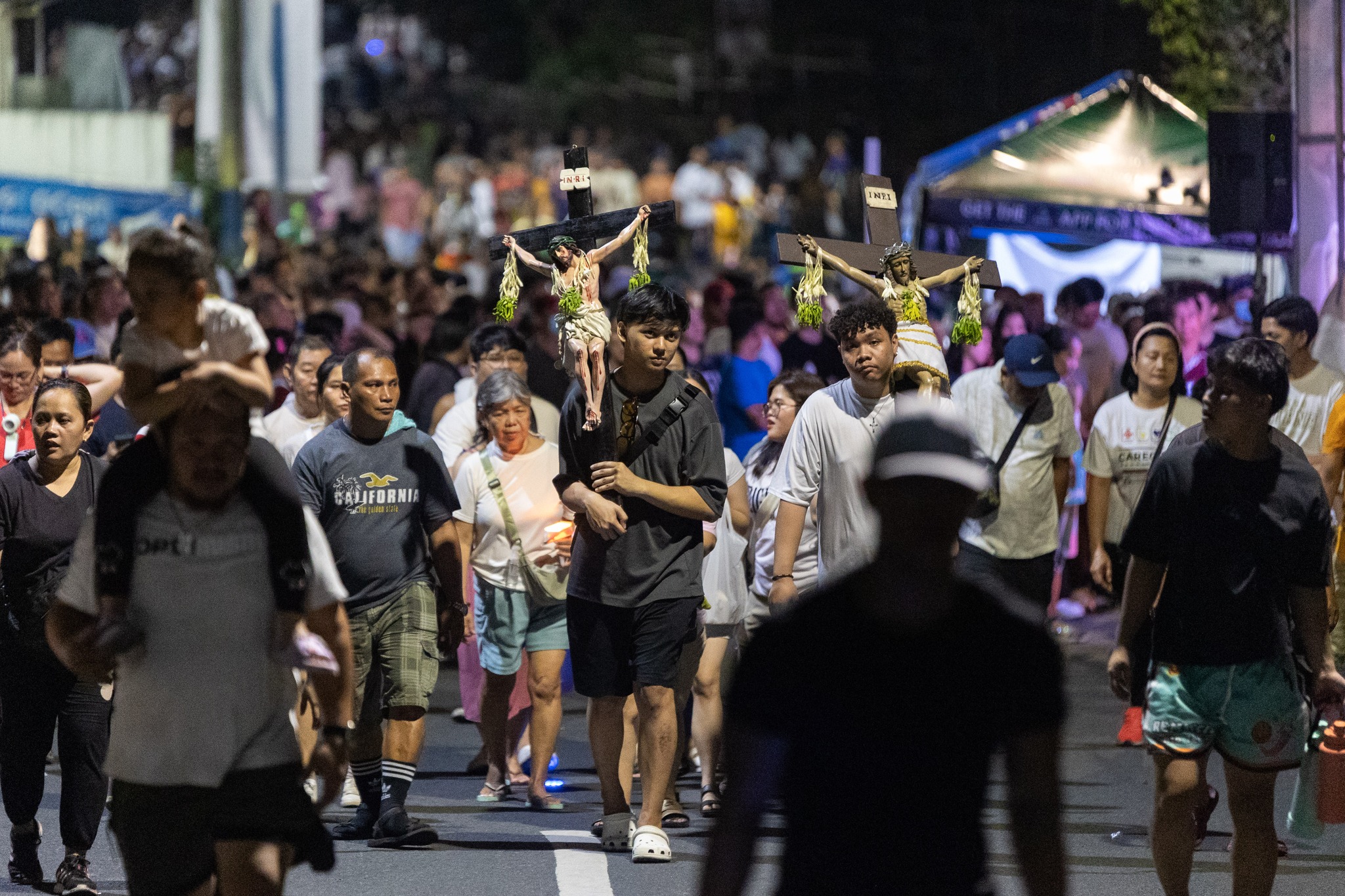
Holy Week itself is a major event in the Philippines, often turning into a nationwide pause. Offices and schools close, families travel back to their hometowns, and religious activities become the focal point of daily life. Palm Sunday, Maundy Thursday, Good Friday, Black Saturday, and Easter Sunday each have their own set of rituals and traditions, from the blessing of palm branches (palaspas) to the solemn Visita Iglesia—a pilgrimage where devotees visit seven or more churches in a single day.
One of the most unique expressions of Filipino faith during Lent is the Senakulo, a theatrical reenactment of the Passion of Christ, often performed in town plazas or community centers. In some areas, devotees take part in real-life crucifixions or self-flagellation as acts of extreme penance and religious devotion, drawing both awe and debate from observers.
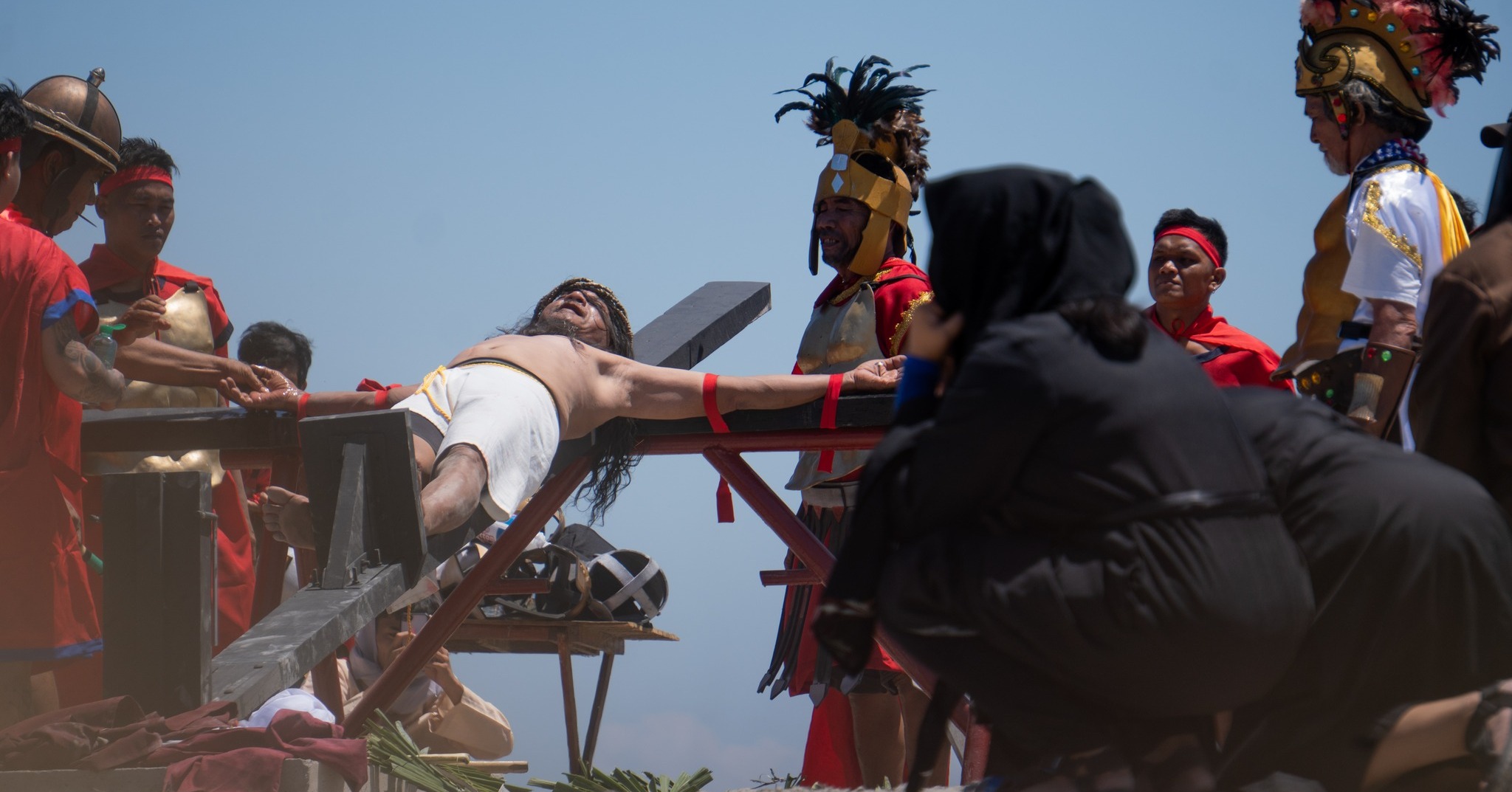
The Cultural and Spiritual Significance
What makes the Lenten tradition in the Philippines particularly enduring is its ability to bring together both spiritual and cultural dimensions. These practices are not merely religious obligations; they are communal expressions of shared faith, resilience, and remembrance. They connect generations—grandparents passing stories and rituals to their grandchildren—and unite communities in a common purpose of spiritual renewal.
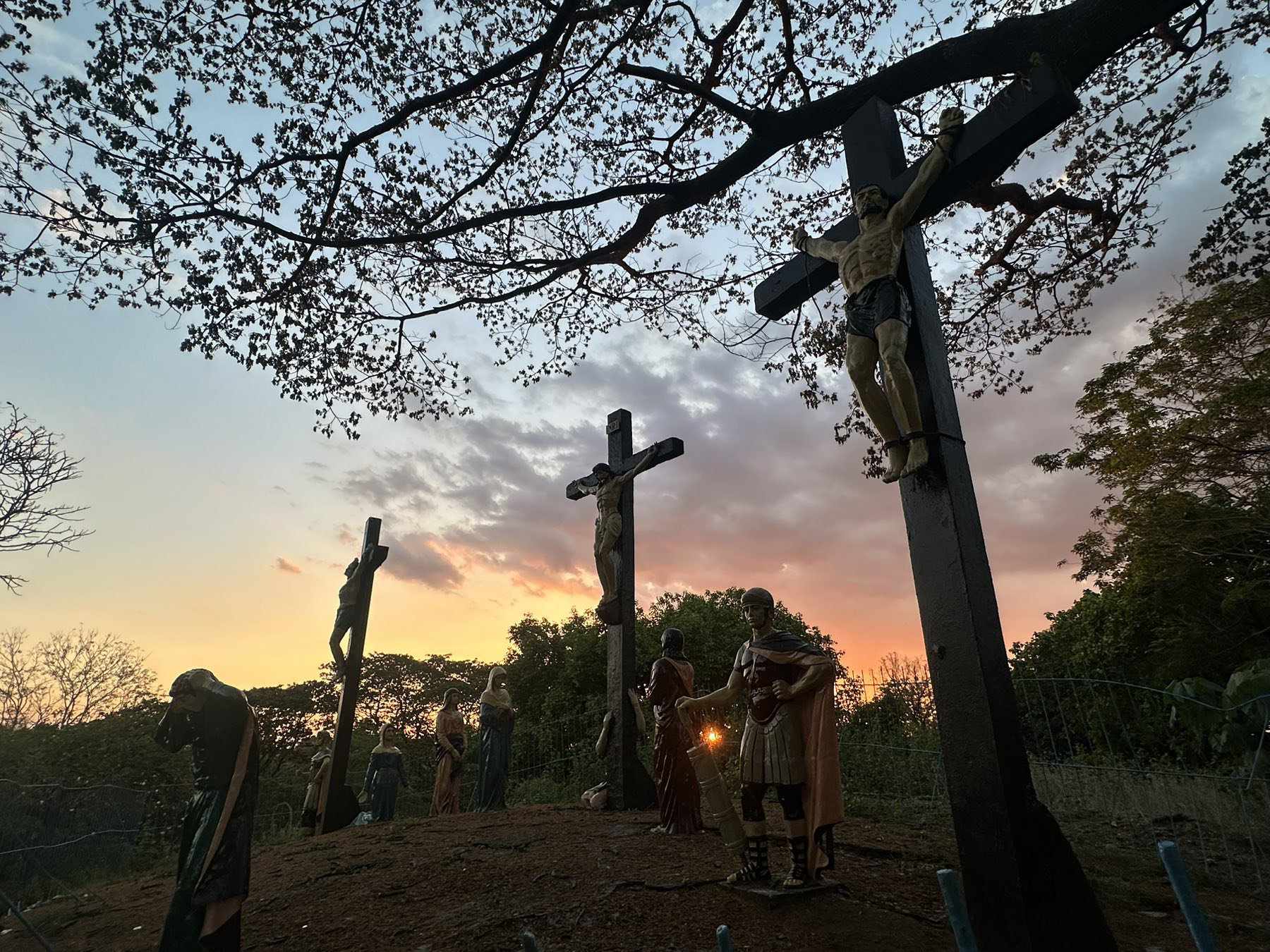
More than just a religious observance, Lent is a season that reflects the core values embedded in Filipino life: bayanihan (community spirit), pagpapakasakit (sacrifice), and pananampalataya (faith). Even non-religious Filipinos find meaning in the silence, reflection, and time spent with family during this period.
Why We Must Continue the Practice
In today’s increasingly fast-paced and secular world, the question arises: Does the Lenten tradition still hold relevance?
The answer is a resounding yes.
At its heart, Lent is not just about rituals—it is about transformation. It calls for introspection in a noisy world, compassion in a self-centered age, and hope in the face of adversity. As global challenges—climate change, political unrest, economic uncertainty—continue to affect the lives of many Filipinos, the Lenten season provides a moment to pause, to pray, and to act with intention.
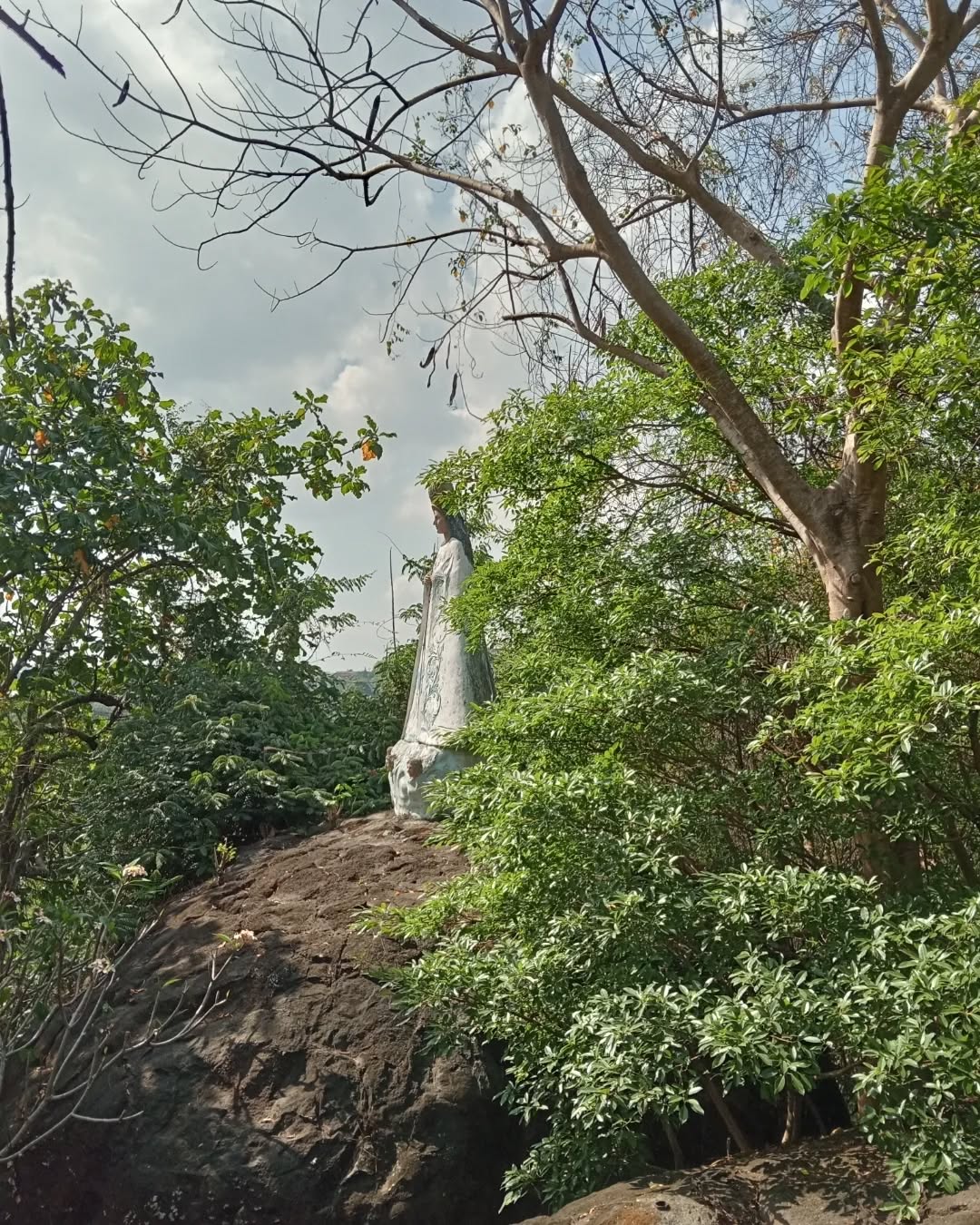
Moreover, preserving this tradition helps maintain our cultural identity. In an era of globalization, where younger generations are increasingly influenced by Western norms and lifestyles, continuing to celebrate Lent in its traditional form helps keep our heritage alive. It ensures that we don’t lose the values that have sustained our communities for centuries—faith, family, humility, and service.

The Lenten Season in the Philippines is more than just a religious observance—it is a living tradition that continues to shape Filipino society. Its spiritual depth, cultural richness, and community-centered values offer a timely reminder of what truly matters. As the world changes around us, Lent reminds us to look inward, reach outward, and live with purpose.
In preserving this tradition, we are not just honoring the past—we are guiding the future.
